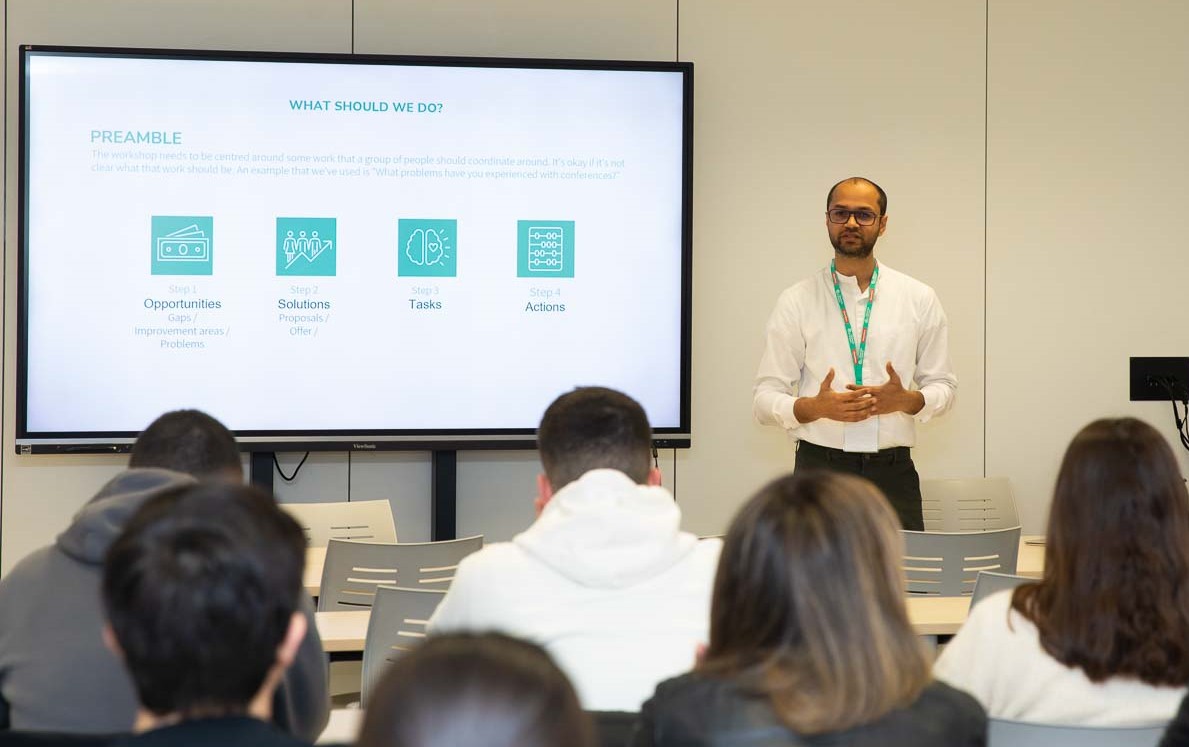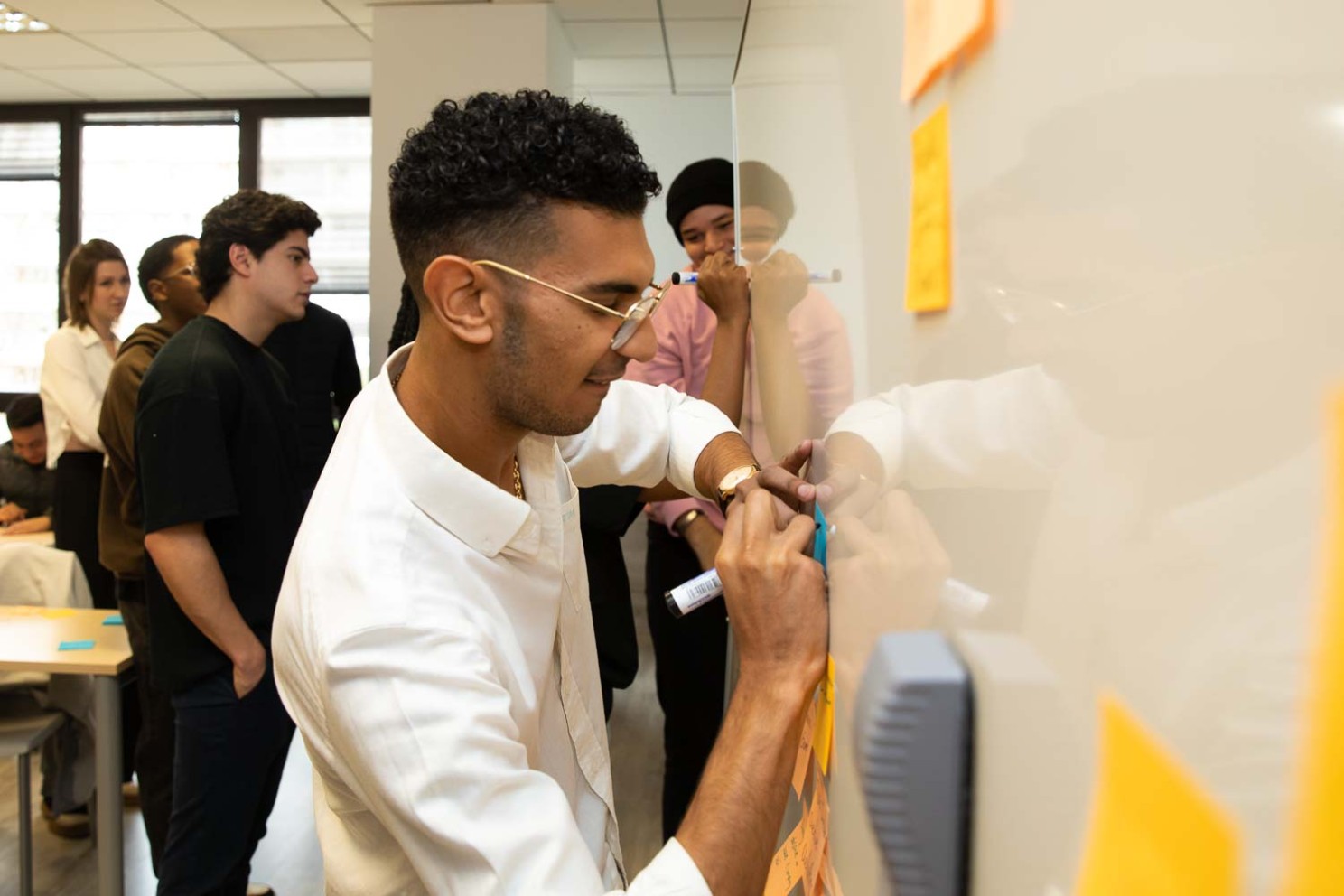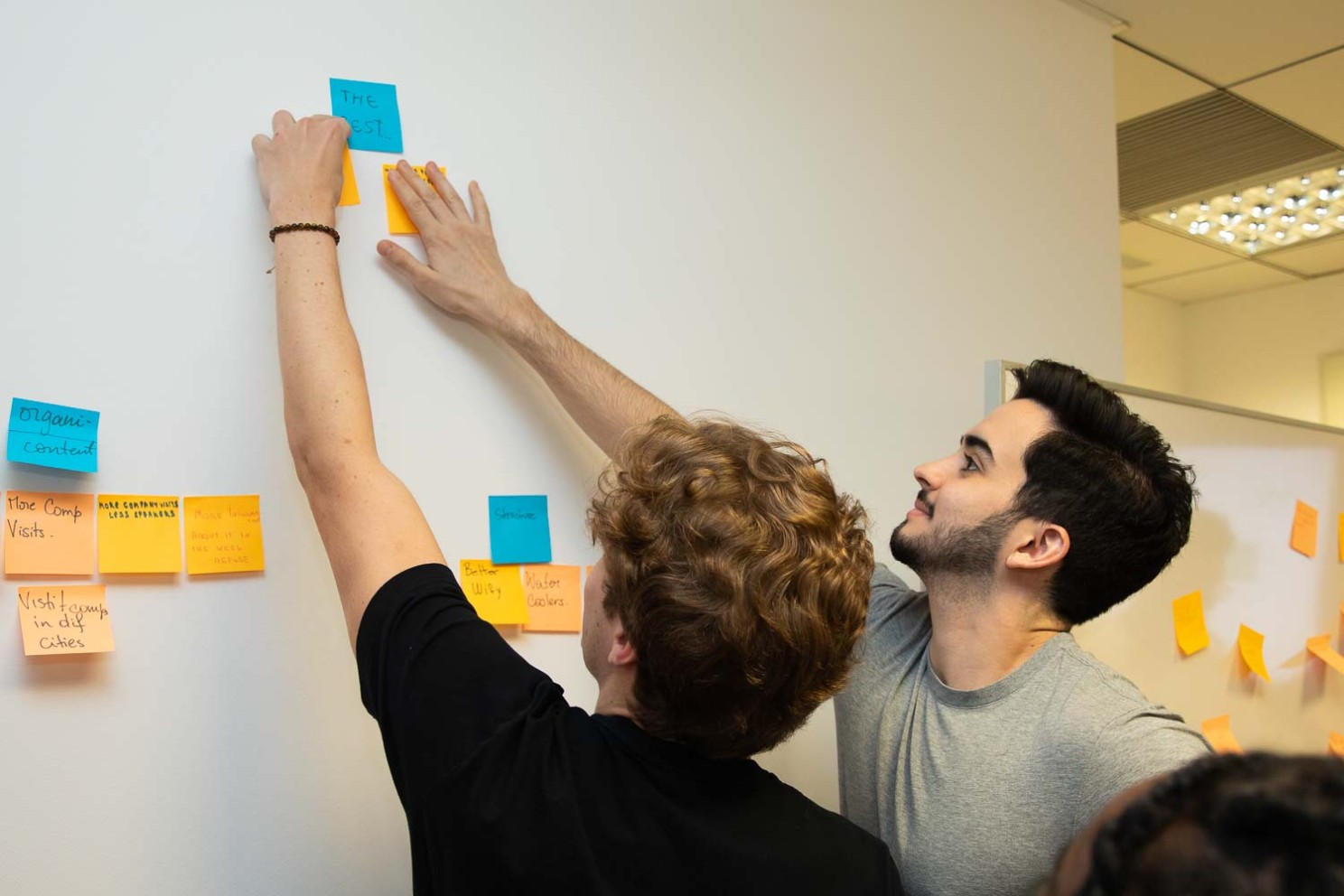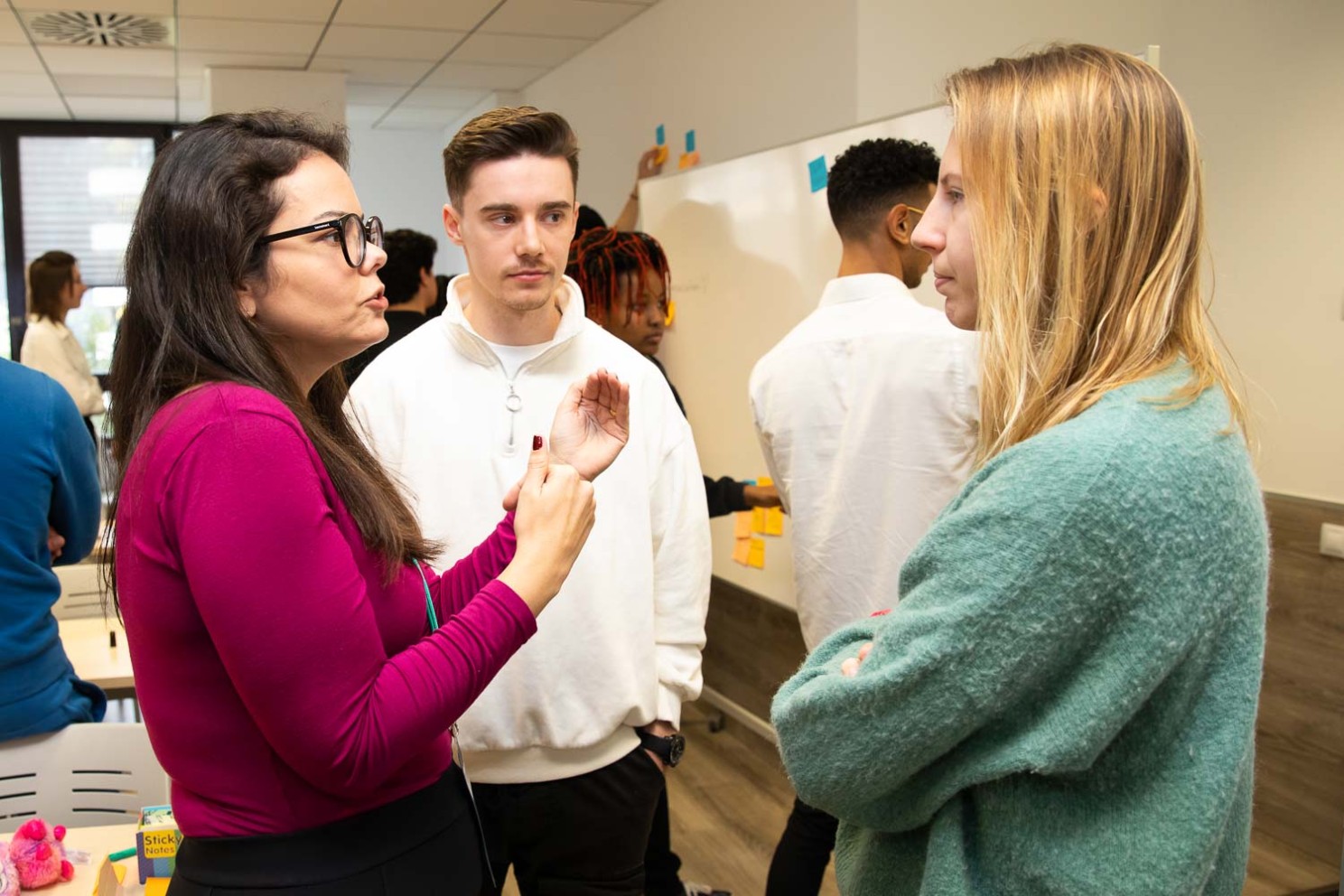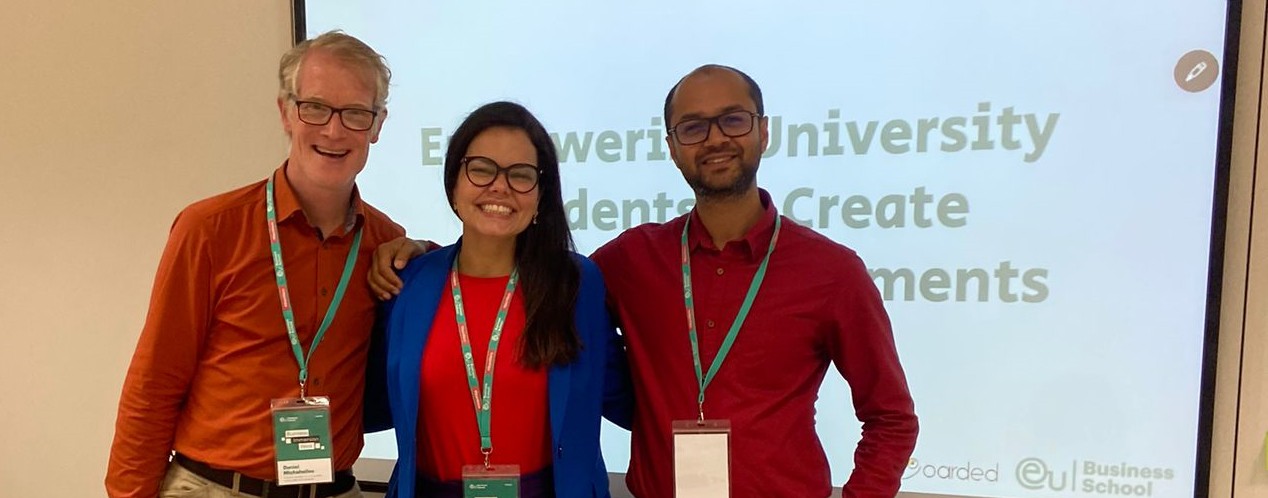event ended
Business Immersion Week at EU Business School
Workshop to create Inclusive Ecosystems and Safe Environments
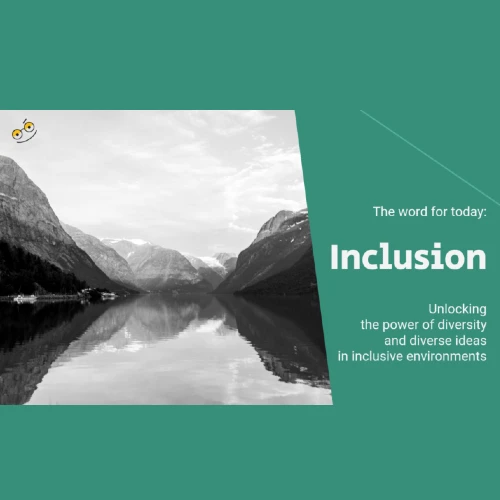
Welcome to our workshop on creating inclusive ecosystems and safe environments. This workshop was held at the EU Business School Barcelona in 2023, and it’s designed to bring together a group of people to coordinate on important issues related to building better communities.
This workshop is specifically designed to empower university students to become agents of change. We want to provide them with the tools and knowledge they need to design communities and foster collaboration in a safe and inclusive way.
The workshop is divided into three phases:

The first phase, Understanding, is focused on reviewing key concepts of diversity and inclusion. Collaborative working groups will be defined to encourage open communication and teamwork throughout the workshop. By the end of this phase, participants will have a clear understanding of the importance of diversity and inclusion and how to create inclusive communities.
The second phase, Awareness, focuses on self, team, and organizational awareness. Participants will have the opportunity to reflect on their personal biases and brainstorm individual solutions for creating a more inclusive environment. This phase will explore topics such as unconscious bias and microaggressions to help build a more comprehensive understanding of diversity and inclusion.

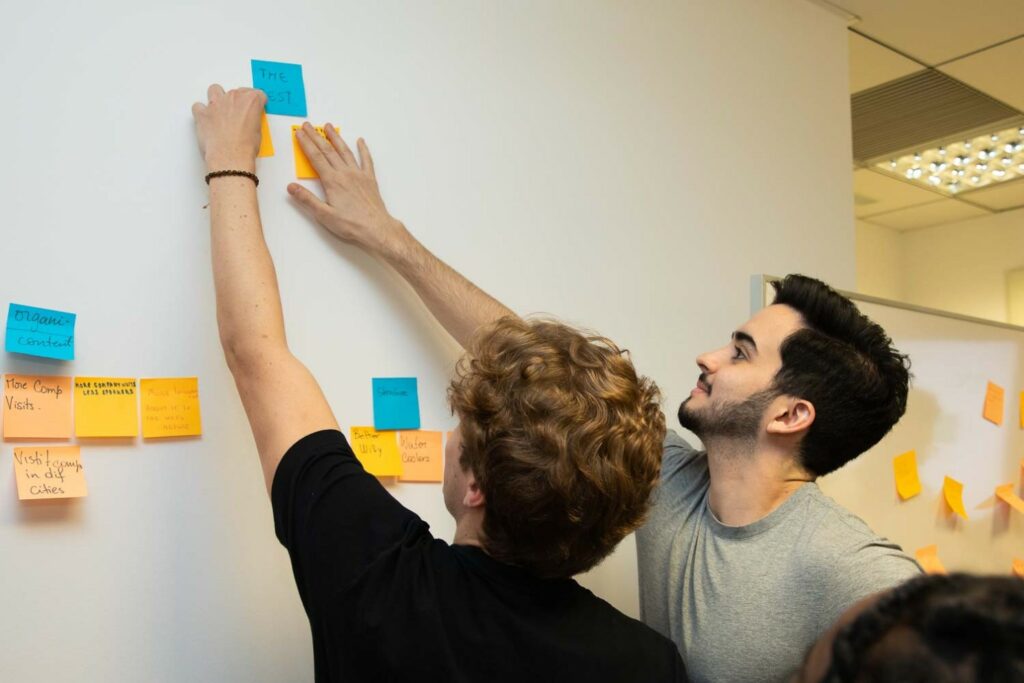
Finally, in the third phase, Action, we will set organizational direction and take concrete steps to create a more inclusive and safe environment. Participants will learn how to counteract bias in decision-making processes and identify ways to execute actions. By the end of this phase, participants will feel confident and empowered to take ownership of the functions they feel skilled at.
highlights of the event
At this workshop, we'll be focusing on three main questions:
These questions are important because they help us identify the challenges we face in creating inclusive ecosystems and safe environments, as well as the opportunities we have to make a positive impact. By working together and sharing our ideas, we can develop a better understanding of the issues and create actionable plans for moving forward.
An Inclusive Methodology for Collaborative Decision Making
Have you ever found yourself in a situation where you needed to create a structure without knowing what would work best? Or perhaps you wanted to avoid having a central committee or person dictating what needs to be done? If so, then the methodology we’re about to introduce could be a game-changer for you.
This methodology is all about inclusive decision-making and is useful in scenarios where you need to build a structure without knowledge of the group or their skill sets. It’s a participative approach that involves ideating on problems, clustering them, and then voting on solutions. The tasks needed to bring the solutions to fruition are then identified and assigned to willing participants.
Let's dive into the steps of this methodology:

Step 1: Opportunities
The first step is to ideate on the problems that exist within the chosen topic. Participants write their observations on post-it notes and post them on a board. Once all observations are up, the facilitator leads the group in affinity-mapping the post-its. Each problem cluster is given a name, and a different colored post-it is used to differentiate each cluster. These clusters become the departments or working groups as the activity progresses.
Step 2: Solutions
Depending on the time available or the group’s interest, voting can be done at the opportunity level, cluster level, or solution level. For example, participants could vote for clusters of problems and pick the most voted problems or clusters to ask for solutions. Alternatively, participants could vote on solutions regardless of the opportunity area they belong to. Once the most interesting solutions are identified, operating procedures are created to break them down into achievable tasks.
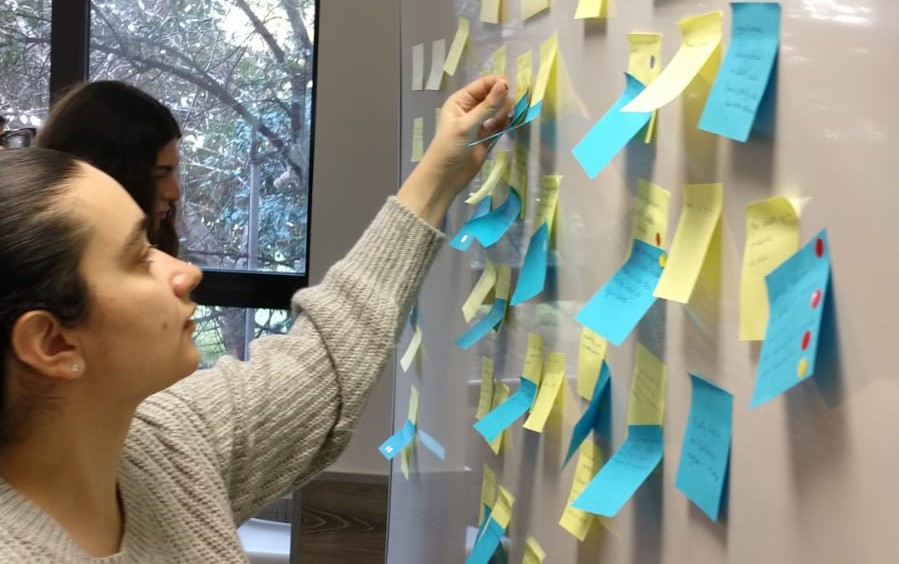
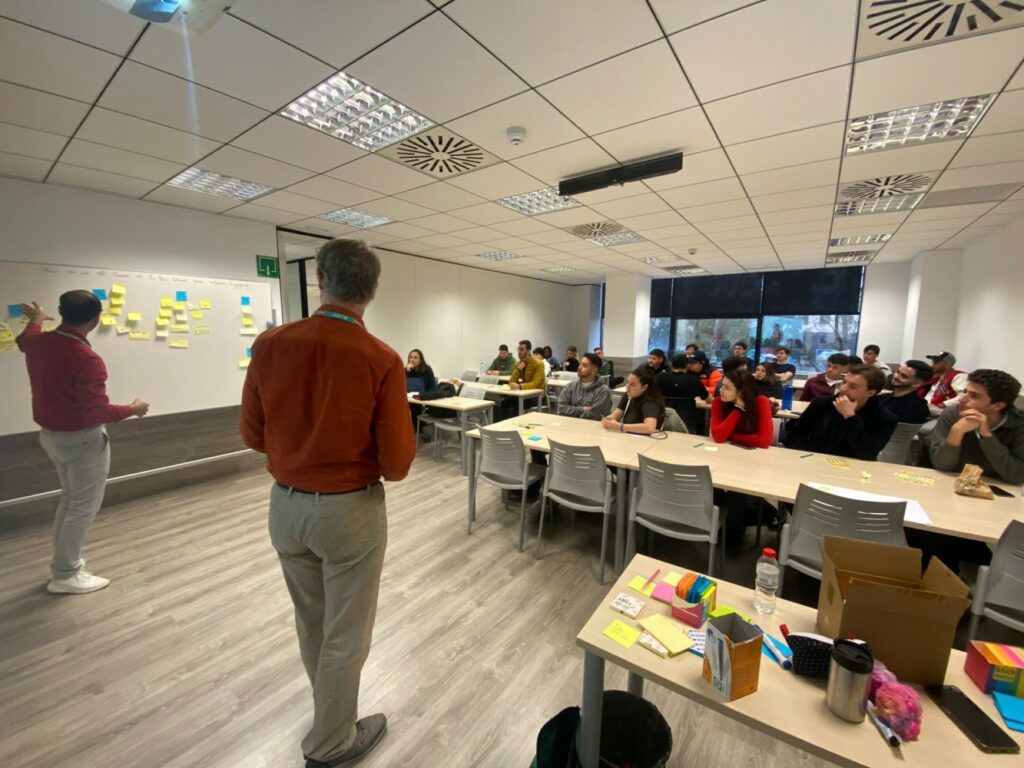
Step 3: Tasks
This step involves looking at the tasks assigned to each solution. If all tasks have a person assigned to them, then that solution can be pursued right away. However, if tasks are left unassigned, one might interpret this to mean that the solution doesn’t have enough support to be pursued. Alternatively, the group could discuss whether the solution needs to be scaled down in a way that full coverage of its tasks may be reached.
Step 4: Actions
Depending on the time available or the group’s interest, voting can be done at the opportunity level, cluster level, or solution level. For example, participants could vote for clusters of problems and pick the most voted problems or clusters to ask for solutions. Alternatively, participants could vote on solutions regardless of the opportunity area they belong to. Once the most interesting solutions are identified, operating procedures are created to break them down into achievable tasks.
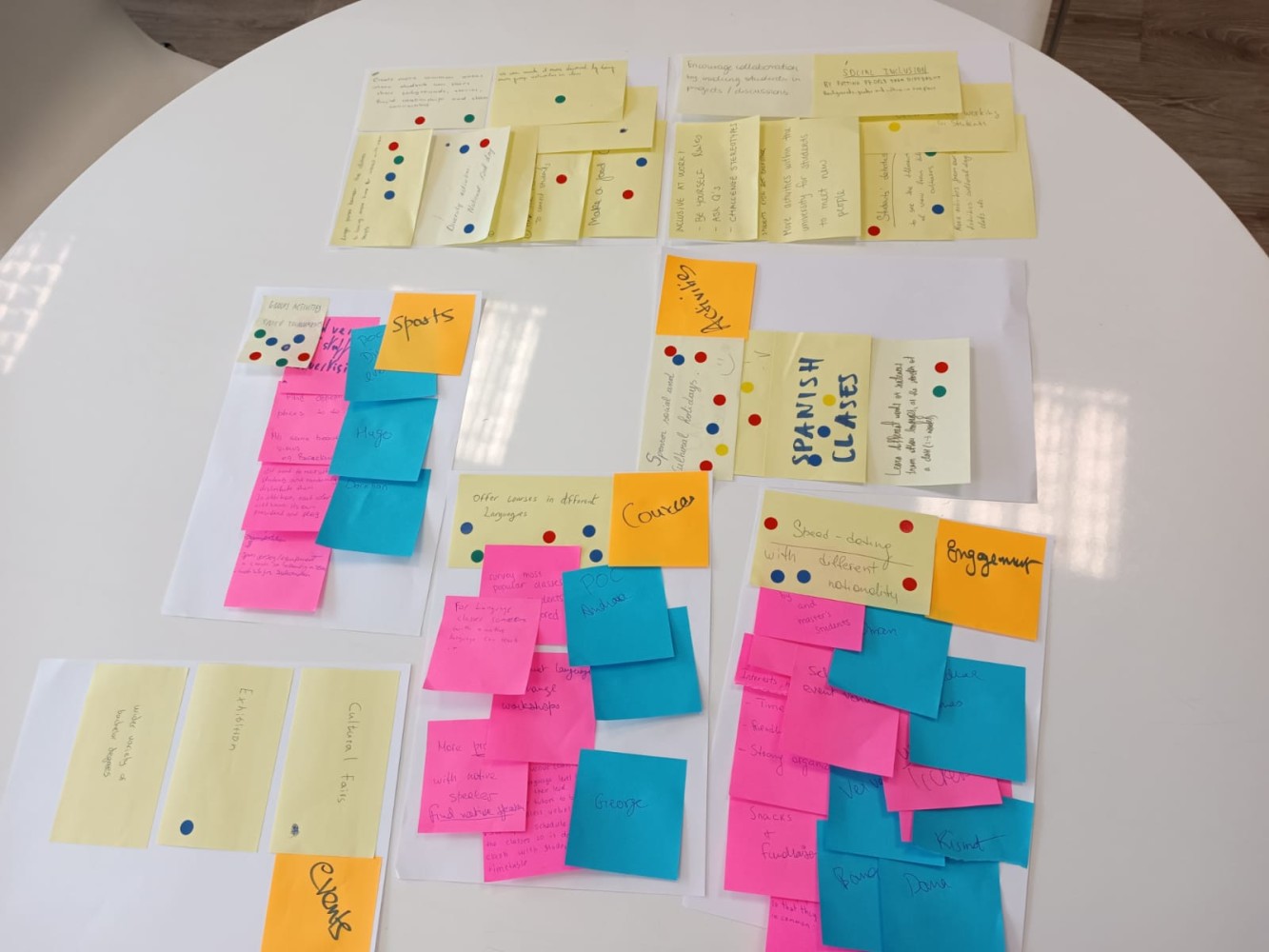
Pitfalls to avoid
To conduct useful workshops, avoid treating the workshop as the end-all-be-all work, work with a logic model, create each activity with a purpose, don’t get too excited with ideation, and use scoring matrices instead of DOT voting to make decisions. By following these tips, you can ensure that your workshops are engaging and useful for gaining insights into specific challenges.
Looking to run our workshop at your university or organization? Connect with us for a free consulting session or invite us to work with you on it via www.Getboarded.com. Our workshops can be done digitally on Miro app within a room on Video.Wiki, making them environment friendly. Have fun experimenting with organizational design!


